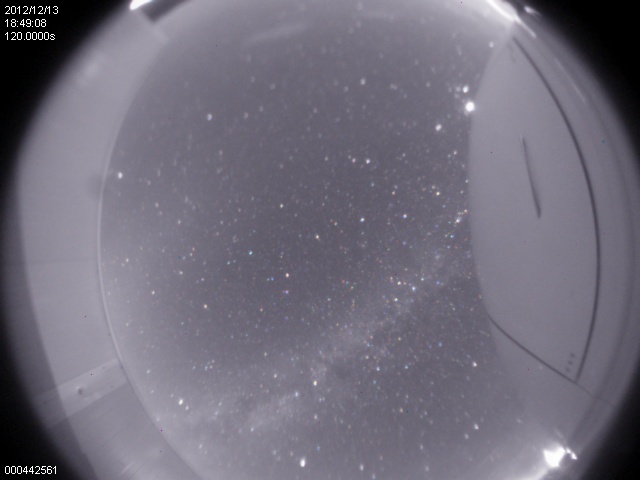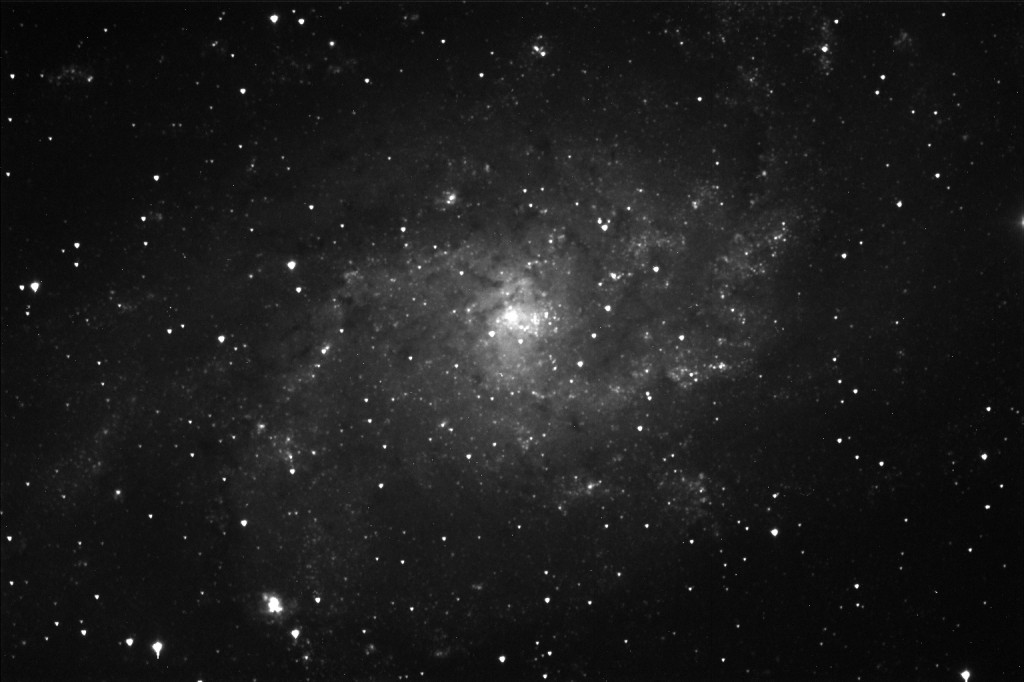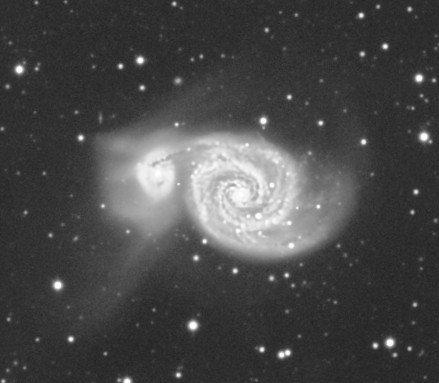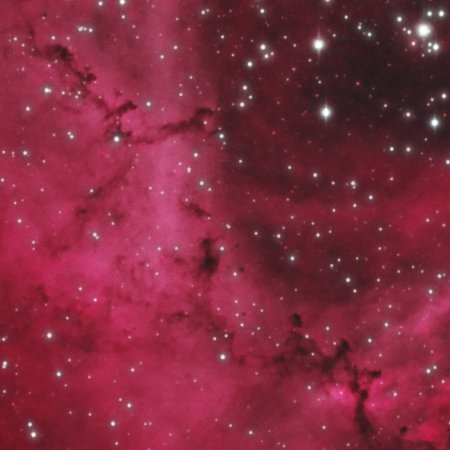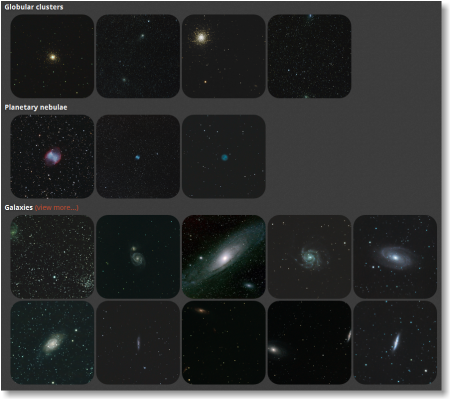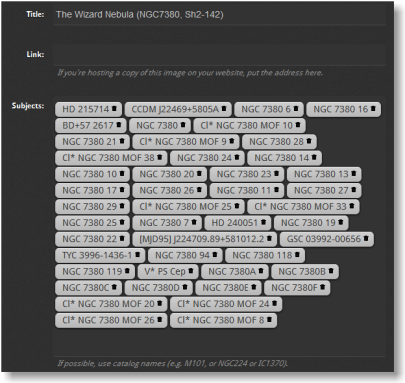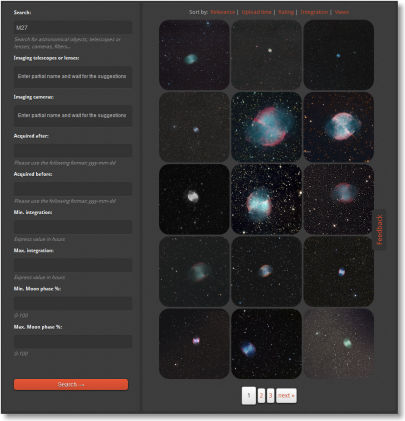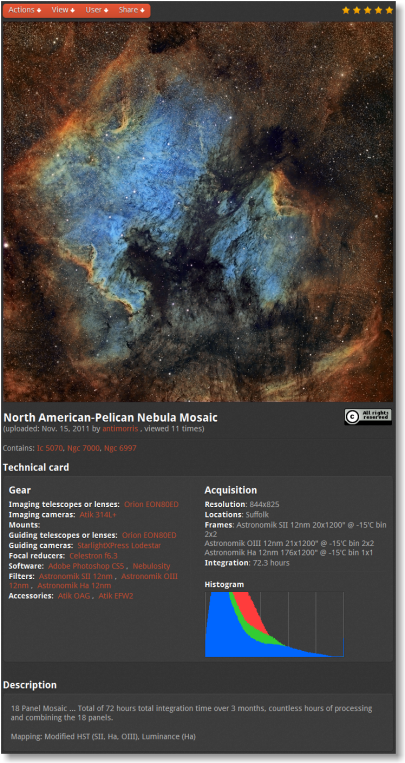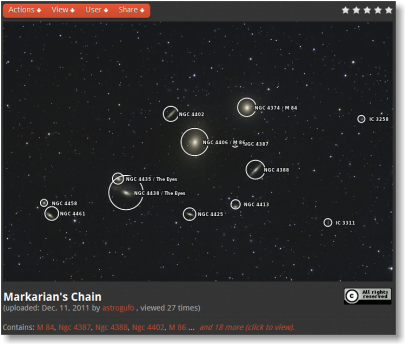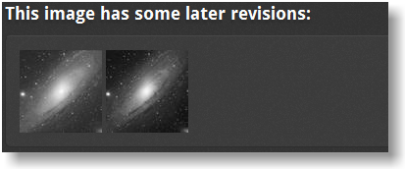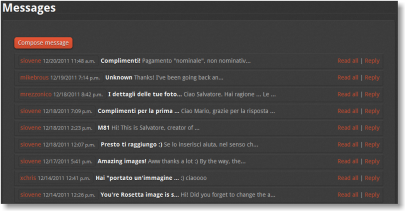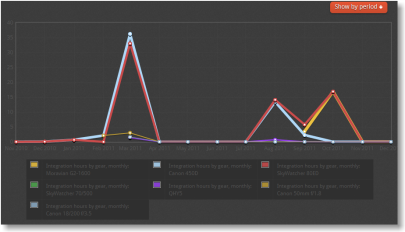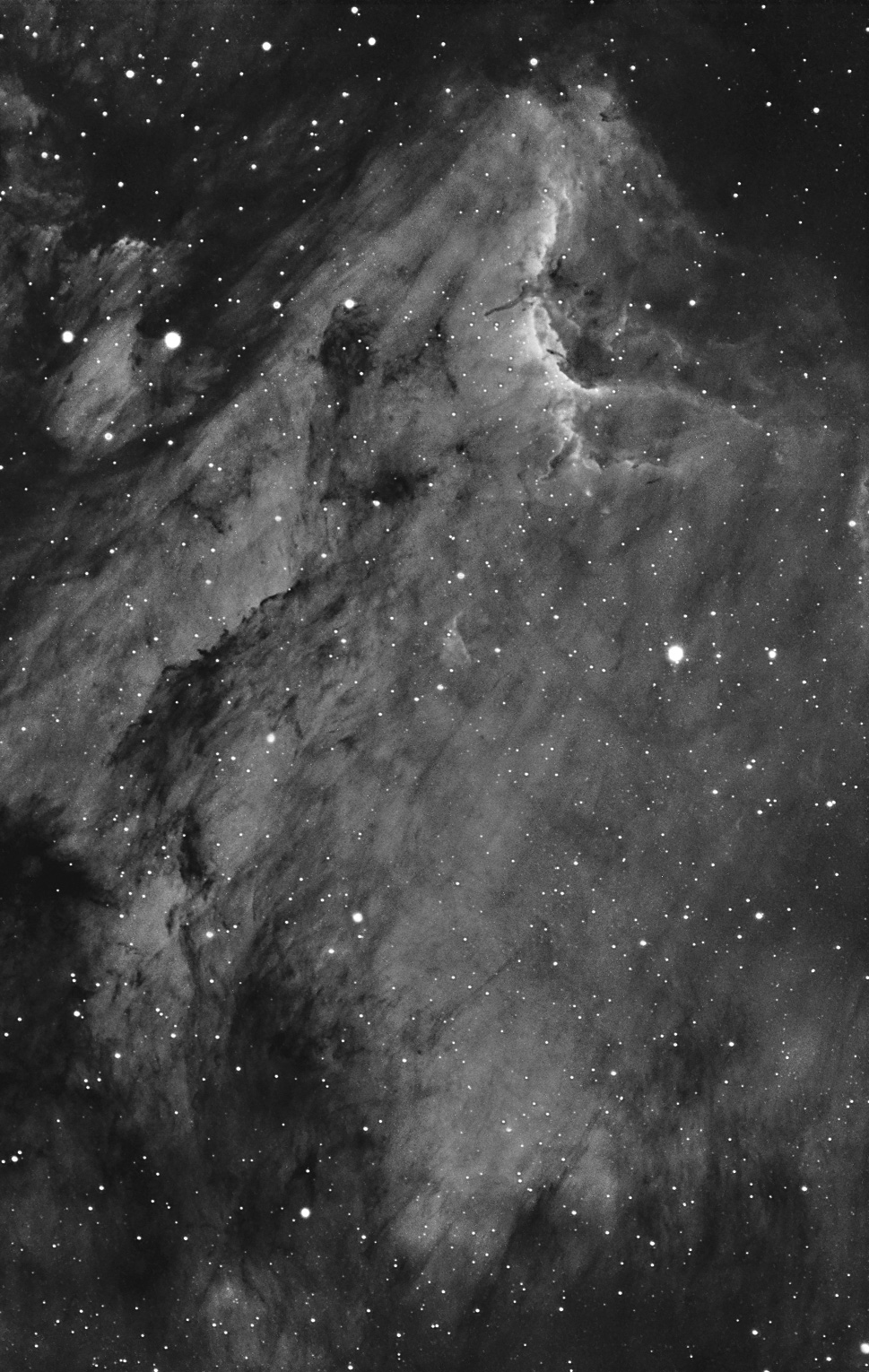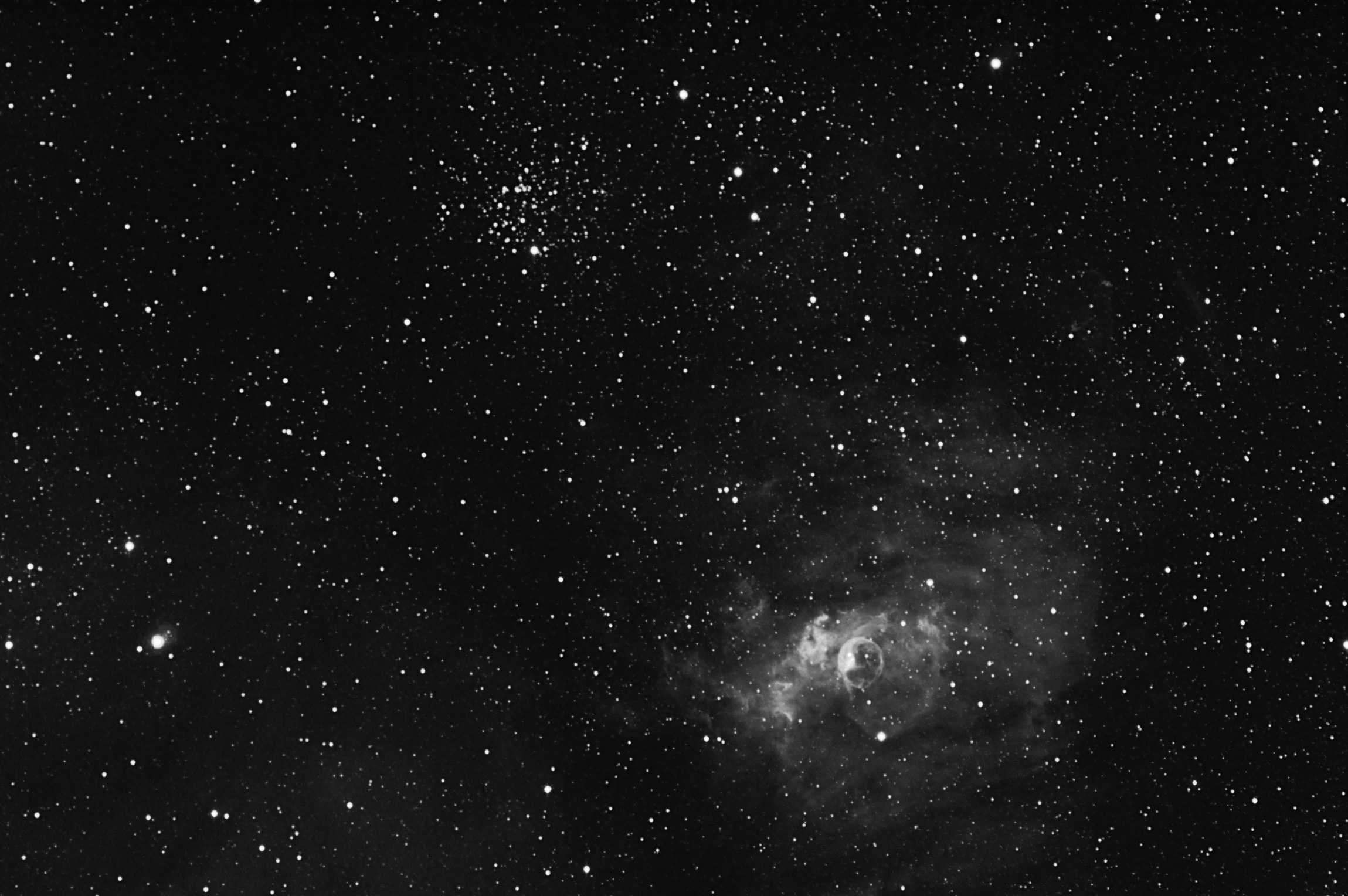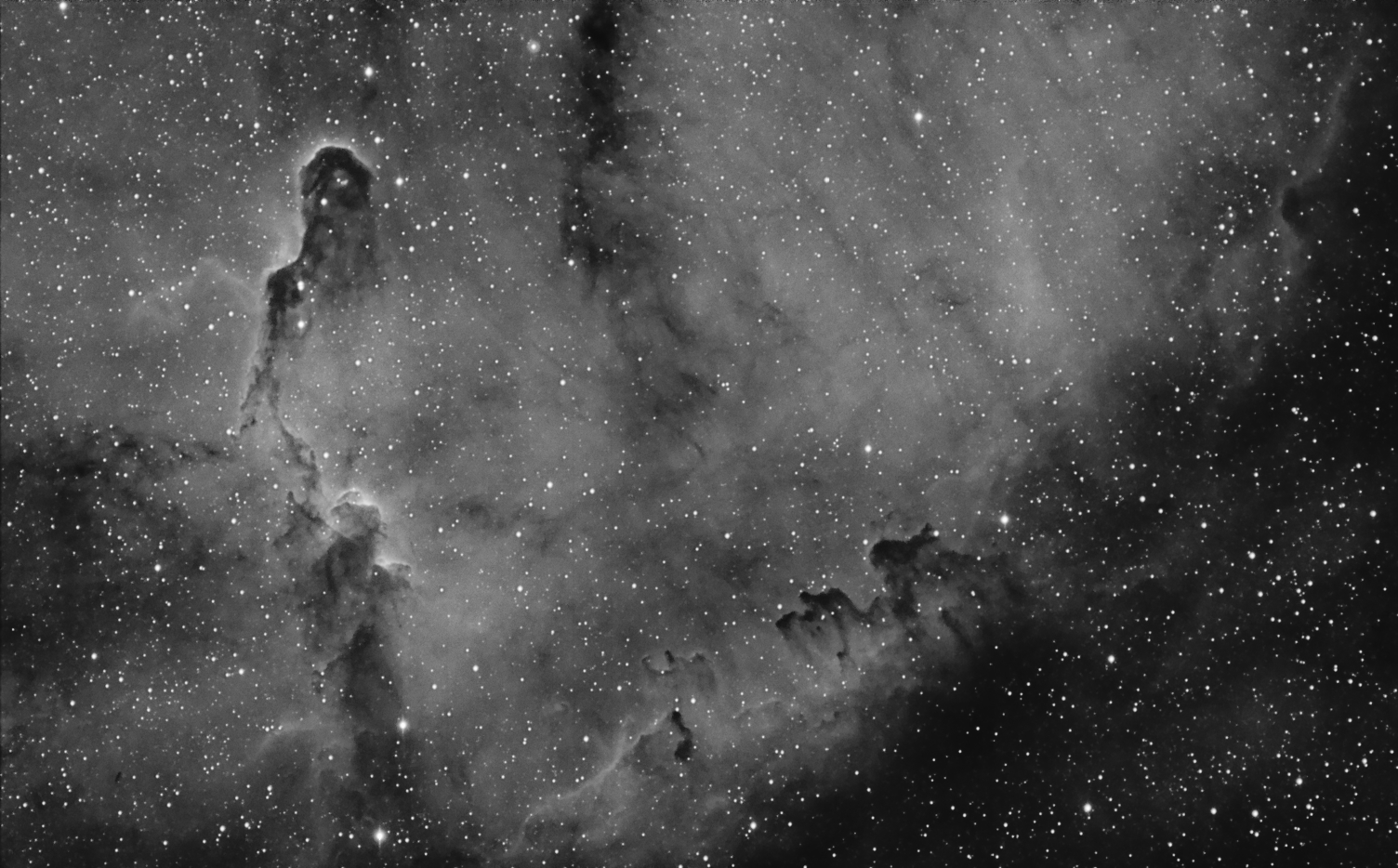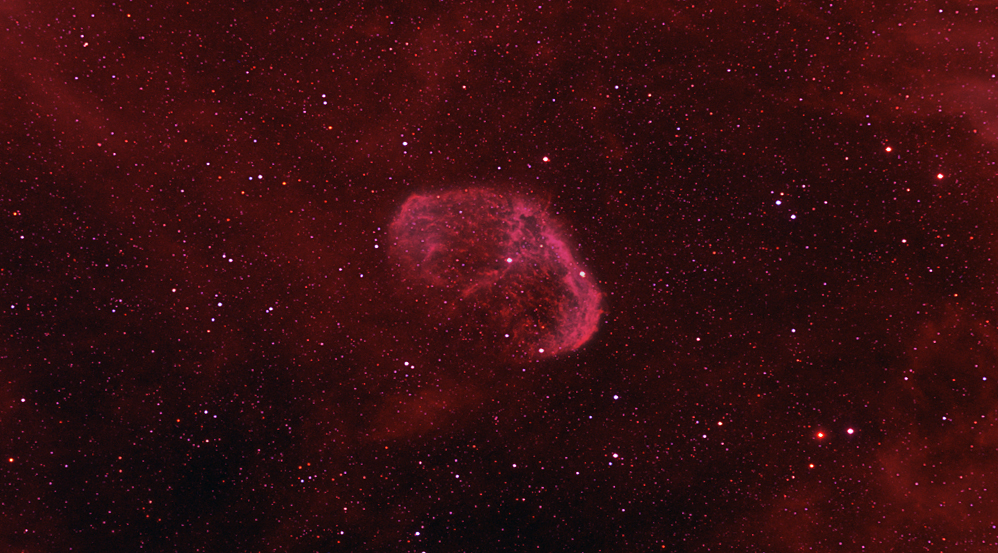The problem
Sometimes you want to add and remove URL parameters without knowing what’s
already there. Say you are currently generating this URL:
/search/?q=foo&filter=bar&page=2
and, in that page, you have a button called Remove filters that should link to:
The solution
This Django snippet implements a
template tag called query_string that works like this:
where the first argument contains URL parameters that you want to add or
modify, and the second one includes URL parameters that you want to remove.
Examples
<a href="{% query_string '' 'filter' %}">
Remove filters
</a>
<a href="{% query_string 'page=3' '' %}">
Go to page 3
</a>
The problem with this approach
While this approach has worked great for me for a while, I eventually hit a
stumbling block: if you have a form for a group of checkboxes, and are
submitting said form via GET, you will end up with an URL that looks like:
/search/?q=foo&opts=1&opts=2&opts=3
See how the opts parameter repeats several times? That’s a design flaw if you
ask me, but that’s how HTTP seems to work.
When the URL parameters are pulled out of Django’s QueryDict, only the last
one is preserved, i.e. opts=3, so you’d lose the tick on some checkboxes.
To prevent that, I have modified the query_string snippet. Here’s a version
that works with MultipleChoiceFields, and multiple occurrences of the same
URL parameter in general (I have replaced only the functions I modified. Please
refer to the original snippet for the rest.)
class QueryStringNode(Node):
def __init__(self, add,remove):
self.add = add
self.remove = remove
def render(self, context):
p_list = []
p_dict = {}
query = context["request"].GET
for k in query:
p_list.append([k, query.getlist(k)])
p_dict[k] = query.getlist(k)
return get_query_string(
p_list, p_dict,
self.add, self.remove,
context)
def get_query_string(p_list, p_dict,
new_params, remove,
context):
"""
Add and remove query parameters.
From `django.contrib.admin`.
"""
for r in remove:
p_list = [[x[0], x[1]]\
for x in p_list if not x[0].startswith(r)]
for k, v in new_params.items():
if k in p_dict and v is None:
p_list = [[x[0], x[1]]\
for x in p_list if not x[0] == k]
elif k in p_dict and v is not None:
for i in range(0, len(p_list)):
if p_list[i][0] == k:
p_list[i][1] = [v]
elif v is not None:
p_list.append([k, [v]])
for i in range(0, len(p_list)):
if len(p_list[i][1]) == 1:
p_list[i][1] = p_list[i][1][0]
else:
p_list[i][1] = mark_safe(
'&'.join(
[u'%s=%s' % (p_list[i][0], k)
for k in p_list[i][1]]))
p_list[i][0] = ''
try:
p_list[i][1] = template.Variable(
p_list[i][1]).resolve(context)
except:
pass
return mark_safe(
'?' +
'&'.join(
[k[1] if k[0] == ''
else u'%s=%s' % (k[0], k[1])
for k in p_list]).replace(' ', '%20'))
Hope this helps.

